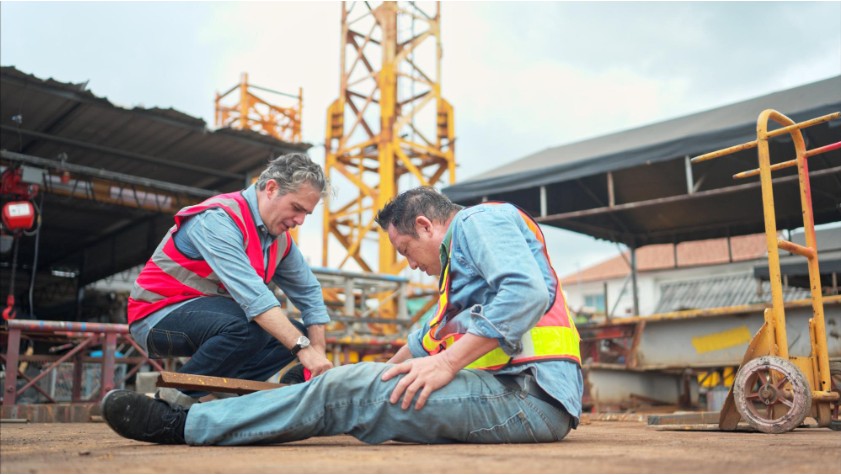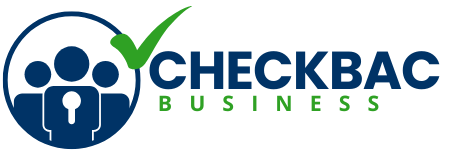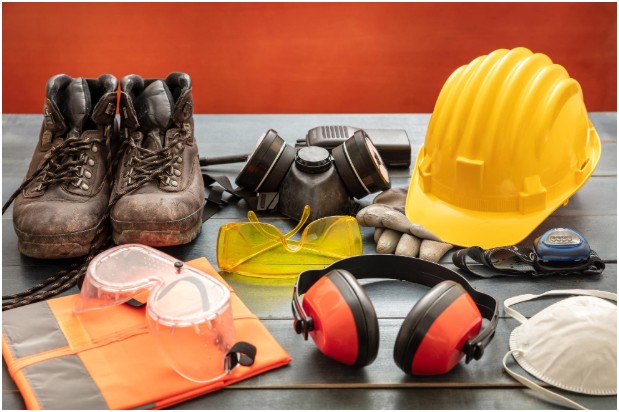I remember my first week consulting with a mid-sized logistics company in Dallas. The HR manager looked exhausted, not from the workload, but from the revolving door of employees. “They just don’t stay,” she told me. Within a few days, the issue became glaringly obvious. Their safety protocols were… let’s say, optional at best. No one felt protected, and that kind of workplace doesn’t inspire loyalty. That’s when I saw firsthand how a well-implemented safety and health program affects employee retention.
Why Should You Care About Safety and Retention Together?

Safety policies are just OSHA checkboxes. But for employees, they’re a silent promise. When your workplace invests in your well-being, it sends a message: you matter here.
Companies that ignore safety not only rack up more injuries, but they also face a hidden cost: turnover. Workers aren’t going to stick around if they feel expendable. Retention is about trust, and trust is built through action, not policy binders gathering dust on a shelf.
What Does a Strong Safety and Health Program Look Like?
A real safety program isn’t just about hard hats and posters in the breakroom. It’s a culture. It means:
- Safety training that goes beyond orientation day.
- Clear reporting systems without fear of retaliation.
- Equipment that’s inspected regularly (and replaced when needed).
- Managers who take injury reports seriously.
When safety becomes an integral part of daily routines, it changes how employees perceive their workplace. They start to trust the leadership. That trust translates to staying longer, working harder, and feeling a sense of ownership.
How Does It Improve Morale and Loyalty?

Here’s the fun part—when people feel safe, they show up differently. You can see it in the small things.
Teams collaborate more. Supervisors hear fewer complaints. And exit interviews? They start sounding more like, “I loved working here, I just got an offer I couldn’t refuse”, rather than, “It was a nightmare just getting through the day.”
Safety leads to stability, and stability builds loyalty. Employees who feel protected are more likely to invest in their role and the company’s future.
How a Well-Implemented Safety and Health Program Affects Employee Retention
Start with listening. The best programs are shaped by the people they’re built for. Set up feedback channels—anonymous if needed—and respond to what you hear.
Next, make training consistent and relevant. Don’t just replay the same video from 2007 every year. Mix in new scenarios, roleplays, and even gamify it if possible.
And finally, show leadership buy-in. If your executives ignore safety rules, why should anyone else follow them? Create champions across departments. Recognise safety milestones. Make it a source of pride, not a source of punishment.
Also Read : Which of the Following Can Safety and Health Resources Workers Use Inside Their Workplace?
What Are the Tangible Benefits Employers See?
Let’s talk data. Companies with robust safety programs report:
- Up to 50% fewer workplace injuries
- 30% lower employee turnover
- Increased employee engagement scores
- Higher productivity and fewer sick days
In short, safe employees are happy employees. And happy employees don’t job-hop as much.
What If You Already Have High Turnover?

It’s not too late. Even if your company is battling a retention problem, it can be reversed. Safety improvements are visible changes—ones employees notice immediately.
Start with high-risk areas. What are workers complaining about most? Fix those first. Then communicate, communicate, communicate. Let your team know this is a priority now, and back it up with action.
Over time, the culture shift will ripple outward. New hires will feel it during the onboarding process. Long-timers will finally relax their shoulders. And yes, turnover will drop.
How to Make the Most of How a Well-Implemented Safety and Health Program
Creating a workplace where people feel physically and psychologically safe doesn’t require a massive budget; it just requires intentional effort.
Start with small wins: update outdated equipment, add better signage, and implement a digital injury report system. Build from there with consistent training, feedback loops, and celebrating safe behaviours.
Most importantly, make safety a leadership value, not just an HR checklist. That shift alone can transform how people feel about their workplace.
FAQs About How a Well-Implemented Safety and Health Program Affects Employee Retention
Why do employees care so much about safety programs?
Because safety equals value, if a company won’t protect its workers, it reveals where its true priorities lie. A well-implemented safety program tells employees they matter beyond their productivity.
Can small businesses also benefit from safety programs?
Absolutely. Smaller teams often feel the impact more. When a business shows care for its staff, it creates a tight-knit, loyal crew. Safety doesn’t have to be complicated to be meaningful.
How long does it take to see results in retention?
Usually within 6–12 months. As injury rates drop and workplace culture shifts, employees begin to notice—and so do the people tracking your turnover stats.
What if my industry already has low safety risks?
Even in low-risk environments, safety includes mental health, ergonomics, and burnout prevention. A comprehensive program demonstrates to employees that you care about their overall well-being, not just immediate dangers.
Safety Isn’t Just Policy—It’s People
If there’s one thing I’ve learned after years in this field, it’s this: retention isn’t bought with bonuses. It’s earned through care.
When you invest in a well-implemented safety and health program, you’re building something better than compliance. You’re building trust, loyalty, and a team that sticks around.
Make safety real. Make it feel. And your people will stay for the long haul.




